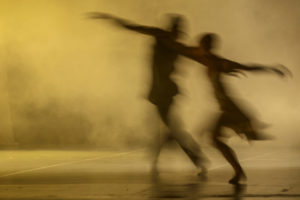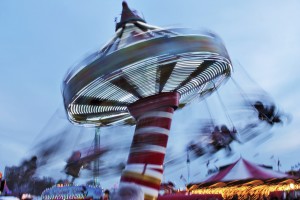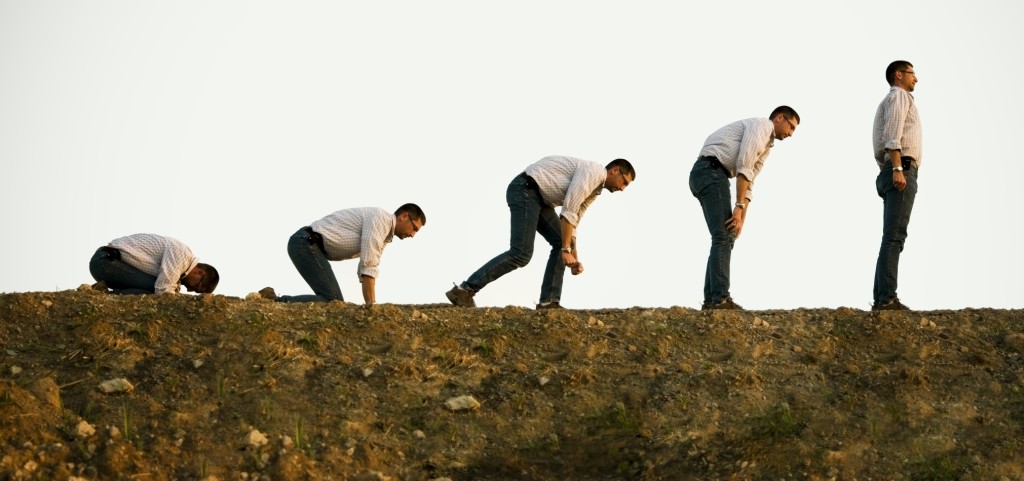When flow takes the place of another motion factor, Laban wrote, “the expression is more intense” and the whole configuration “gains new meaning.” In the Mastery of Movement correspondence course, we tested Laban’s assertion.
Readers were asked to choose one of the transformation drives – either Passion or Vision or Spell. They were to work out the eight effort quality combinations of that drive and then embody each mood.

The Vision Drive combines the motion factors of Space, Time, and Flow (the motion factor of Weight is latent). Cate Deicher, who will be co-teaching the July workshop, “Expanding the Dynamosphere,” with me, explored the Vision Drive. She has graciously allowed me to share her descriptions of what each combination felt like…
I went to a Merce Cunningham exhibit this past weekend and saw footage of Merce dancing. His movement seemed to be a lot about Vision Drive. Those images have stayed in my mind, so I chose that drive. I’ve also been thinking about Iceland. I was there 40 years ago and will be going back soon. So this is a combination of Merce + Iceland.
1) free+indirect+decelerating: I take pleasure in leisurely exploring the incredible, charmingly, unfamiliar landscape.
2) free+ direct+decelerating: I see an unusual patch of color in the stony landscape, and want to get a closer look. As I approach it I take my time to enjoy how the shading of color changes with the movement of the clouds.
3) free+indirect+accelerating: In the harbor, a strong gust of wind scatters a flock of seabirds in the sky above. I try to keep track of all of them as they circle about.
4) free+direct+accelerating: I scoot quickly, gleefully away from Geyser as it begins to bubble up.
5) bound+indirect+decelerating: We’re entering an ice cave. The ground is icy, but there is otherworldly light that is reflected all around.
6) bound+direct+decelerating: I’m approaching Geyser. It’s a stunning display, but I’ve been told that sometimes you can feel and observe fissures starting to form in the earth. I’m careful about this, I also want to be able to flee if I start to feel the ground rumble. Still, I’m fascinated by Geyser; my whole body is trained upon this spectacle.
7) bound+indirect+accelerating: I know there are no birds here, so I feel a bit threatened by something that just flew by me from out of nowhere. Where did it come from?
8) bound+direct+accelerating: I shudder and dash to the shelter of the bus stop as the cold, heavy rain begins to fall.


 correspondence course, Rebecca Nordstrom created a sequence of basic actions and imagined this movement sequence as a scenario involving the
correspondence course, Rebecca Nordstrom created a sequence of basic actions and imagined this movement sequence as a scenario involving the 




